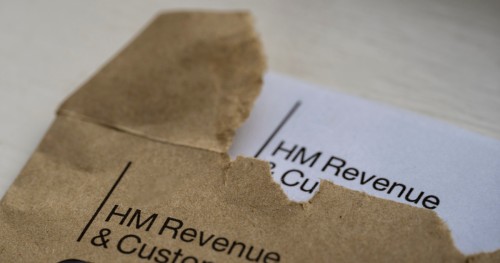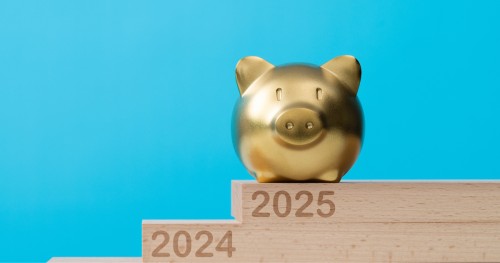Self-employed freelancers: how to calculate your take-home pay

This article relates only to freelancers operating on a self-employed basis and not to contractors who operate through their own limited company, so let’s now introduce how sole traders should calculate take-home pay, writes Graham Jenner of chartered accountancy firm Jenner & Co.
Profits, income, expenses: explainer for freelancers
If you are self-employed you are considered to be in business on your own account. Your tax is calculated based on the profits of the business.
The profits are calculated by taking your income (net of VAT if VAT-registered) and deducting any expenses that are ‘wholly and exclusively’ for the business.
HMRC and its ‘wholly and exclusively’ test
The ‘wholly and exclusively’ requirement is to prevent expenses that are really nothing to do with the business, or only partly to do with the business from being tax deductible.
This will usually preclude any expense that has a dual purpose i.e. part business and part personal benefit.
However, it is slightly confused, in that HMRC will allow certain ‘dual expenses’ to be apportioned between business and personal, and the business proportion is then considered to be wholly and exclusively for business.
Once you have your profit, you then need to deduct the tax and national insurance.
Income tax
For the tax year 2021/22, you can earn £12,570 before you pay any tax.
Thereafter, tax is on a sliding scale, as follows:
Income (£) Tax Rate
0 – 12,570 0% (£12,570 is the personal allowance)
12,571 to 50,270 20%
50,271 to 150,000 40%
Over 150,000 45%
You only pay tax at the rates above on the profits that fall within each band, so for example if your profits are £60,000, you pay nothing on the first £12,570, 20% on the £37,700 between £12,570 and £50,270, and 40% on the balance of £9,730.
There is an added complication in that, if your profit is over £100,000, you lose £1 of personal allowance for every £2 you earn over £100,000.
This means that at profits of £125,140 or over, all of the personal allowances are lost.
National Insurance
As a self-employed person, you will pay two types of national insurance, as follows:
Class 2 £3.05 per week
Class 4 9% on profits between £9,568 and £50,270
Class 4 2% on profits over £50,270
Take-home pay
Your take-home pay is the amount of money you effectively take home, so it’s your income minus expenses, minus tax, minus National Insurance.
You may find that the easiest way to estimate your take-home pay as a sole trader is to take your expected annual income, less your expected annual expenses, work out the tax and national insurance (using the above rates) and then divide it by 12 for monthly ‘take-home’ or 52 for weekly ‘take-home’.
However, remember you only have to pay tax twice a year, once in July and once in January.
Setting aside tax to pay HMRC
It is important to set aside a provision for your tax and national insurance from your income, weekly or monthly.
A weekly approximation based on the annual calculation in the previous paragraph makes a lot of sense, especially for new freelancers.
Be aware that if your estimate of income or expenses changes significantly as you go through the year, you may need to recalculate the amount of provision.
Methods for putting aside money to pay tax
Some self-employed people like to set aside a fixed percentage of their income. While this is a very rough and ready method, as long as the percentage is prudent, then it benefits from simplicity.
Others prefer to set aside a provision based on estimated figures – though the provision should be flexed up or down if income or expenses differ significantly from the estimates. This is particularly important where another contract or piece of work is obtained at much better rates of pay or fees, especially if some of that income might be taxed at 40% or 45% tax.
Yet other freelancers prefer to work to fairly exact figures, effectively preparing a ‘profit and loss’ account each month, and calculating cumulative tax and national insurance.
Whichever method you are likely to use, it is wise to be putting something aside and ideally putting it into a separate bank account (so you don’t mistakenly spend it!).
Finally, tax on other income
The above outline assumes that you do not have any other taxable income in the tax year.
If you do, then you will need to treat that income as being on top of your profits when working out the tax on that income, though any tax already suffered on that income can be deducted. Good luck paying yourself as a freelancer and enjoy that take-home pay!



Comment
Log in or create your account to react to the article.